
Agent of Raffine | Illustration by Caroline Gariba
Many, but not all of Magic: The Gathering’s casual and competitive formats allow players to use a sideboard alongside their decks. This separate collection of 15 cards often makes the difference in the outcomes of best-of 3 matches, and knowing how to build a sideboard and when to swap cards into your main deck is an essential way to prepare yourself for any competitive game.
But many Magic players are sideboarding wrong, or even ignoring it completely. Some might not even know what it is (I’m looking at you, Commander players).
So, what is the sideboard? And how can you use it most effectively? Let’s take a quick dive into the sideboard before the next game starts!
What Is the Sideboard in Magic?

Consider | Illustration by Zezhou Chen
The sideboard is a collection of extra cards used to modify a deck between the games of a match. In traditional, 60-card Constructed games of Magic, players are allowed to bring an additional 7- or 15-card sideboard for best-of-1 and best-of-3 matches, respectively. These extra cards are not included in your library at the start of the game, and are instead swapped in between games to help focus your strategy against your opponent's deck.
The sideboard must remain separate from the main deck and be clearly identifiable outside the game. Players may not pick up or interact with their sideboard during the game, unless a specific effect instructs them to do so (Wish cards being the most common way to bring a card from a sideboard into the game).

Your deck must still be legal after sideboarding, so no going under the minimum deck size. The four card limit applies to all of the cards in your main deck and sideboard, so you can’t include more than four copies of any card across both, except basic lands.
Some formats, most notably Commander, don’t allow a sideboard. The exceptions are cards that require them to exist in the sideboard, like the Companion cards, and technically the Dungeon tokens from the D&D sets. The sideboard is also the only place you can pull cards from “outside the game” – usually when a Wish or similar effect resolves.
Does the Sideboard Work in MTG Arena?
Sideboarding does work in MTG Arena. Best-of-3 matches online allow you two minutes between games to swap cards in and out.
How to Put Cards In Your Sideboard
Generally speaking, the internet is your best resource for information on meta knowledge and where your deck sits compared to others. Sites like MTGGoldfish track the metagame for every competitive format, collating data from tournaments and events across the world and online to determine everything from what an average deck list for that archetype looks like, to what percentage of the meta that deck occupies. Look for examples of decks similar to yours, and take note of what cards they’re running in their sideboard. I don’t want to discourage individual thought and analysis, but chances are someone else has already played this meta and, at the very least, these decks make a good starting point. Whenever you play, you’re still gathering information on your opponent’s deck: what they’re prioritizing, what their biggest threats are, whether or not they have alternate win conditions, and what they can do to disrupt your strategy. The very first thing you should do when playing with a sideboard is observe your opponent’s deck during game one, the “pre-sideboard” game.
Once you’ve seen one game’s worth of your opponent’s library, you should have a pretty good idea of what to expect in game two, especially if you’ve prepared accordingly and analyzed the meta.
Typical sideboard cards include color-hosers, cards that are strong against a certain color or colors but fizzle when matched up against a deck without those colors. Red Elemental Blast and Blue Elemental Blast are two classic examples of sideboard color-hosers – while they’re both insanely powerful versus their intended targets, they’re useless against an Orzhov () deck.
Color-hosing isn’t the only thing you can do with a sideboard. Sometimes, you just need answers to a threat, and swapping in some more removal to deal with that specific threat will help. Up against a Modern Living End deck? Main deck your Leyline of the Void and shut their graveyard down pre-game. Opponent’s Tron deck dropping Wurmcoil Engine too easily? Try Shattering Blows to skip that death trigger and clear out the field.
The flip side of this is using your sideboard to swap in cards you know your opponent can’t deal with. If your opponent is rushing to cast Violent Outburst so they can hit a free Crashing Footfalls, bring some countermagic like Negate in from your sideboard to counter those Rhinos before they leave the stack.
Perhaps most importantly, you should know how being on the play or on the draw affects your sideboarding. Playing first means you have the opportunity to define the tempo for the game, while going second means you’ll have to find a way to disrupt your opponent’s tempo. When you’re on the draw, consider sideboarding in removal and counterspells to slow your opponent’s game down. When you’re on the play, sideboard in more threats to remain aggressive when your opponent inevitably sideboards in their disruption. Remember to sideboard against what your opponent is sideboarding, not against their game-one deck.
Play versus draw should also determine how many of those sideboard cards you swap in. If you’re going second, you know you’ll want access to more removal so you can deal with your opponent’s tempo early and often, whereas a player on the play wouldn’t be as concerned.
Finally, consider carefully which cards you remove in favor of the sideboard cards. The cards going out are just as important as those going in. You don’t want to remove any of your key cards, and you don’t want to be swapping cards for a net value of zero. Analyze which cards were useful in your first game and which ones were dead draws, and plan accordingly.
Here’s an example: You weren’t prepared to face down the mono-red burn deck with your Orzhov Pestilence deck in the first game of your best-of-3 match. You’ve studied the Pauper meta, and know that this is a standard burn deck with lots of loudly-broadcast Rift Bolts. You also know mono-red players usually answer Pestilence decksby speeding up, so you’re expecting extra burn and maybe some dual-color removal to get rid of your Guardian of the Guildpacts. Luckily, you’ve got two copies of Circle of Protection: Red in your sideboard, perfect for nullifying all those Lightning Bolts. After a harrowing first game, our confidence soars when you see one of those Circles in your opening hand. That burn player can’t stop you now!
How to Test Sideboard Choices
Testing sideboard choices is a tricky balancing act that’ll look different for each player. Many players “goldfish” their decks, where they play out their deck by themself to observe how it plays in a vacuum, but the art of sideboarding requires another deck to play against.
Instead, the best way to test sideboard choices is to find opponents with the decks you want to beat, and play against them. In the pricier formats, this could involve using proxies to construct playtest decks. Or maybe there’s a vibrant and thriving Pauper scene in your area, and other players are looking to get some practice matches in against off-meta decks.
During playtest games, favor opening hands with sideboard cards in them. You’re not playing for all the marbles, so it’s ok if those hands don’t feel particularly powerful; you’re just looking to see how the sideboarded cards interact in the game. Keep track of and use the sideboard cards that have the widest applicability in your meta.
Do You Have to Have 15 Cards in Your Sideboard?
You may have up to 15 cards in your sideboard, but you aren’t required to have exactly 15. Prior to the rules update with Magic 2014, sideboards were originally required to be exactly 15 cards, and swapping in cards had to be on a one-for-one basis. Now, you may have up to 15 cards in a sideboard, and can add or remove cards as you see fit, so long as your decklist remains legal.
Can You Sideboard Different in Game Two and Three of a Match?
After your second game, you have the opportunity to sideboard again between games two and three. This is a great opportunity to take what you learned in the first game and combine it with the new cards you saw your opponent play in game two. Use that new information to further modify your deck with your sideboard to disrupt your opponent’s game plan.
Can You Change Your Sideboard Between Rounds?
You cannot change your sideboard between rounds. During an event, the deck list you registered (including any sideboard) must remain the same for the entirety of your matches.
Wrap Up

Turn Aside | Illustration by Jaime Jones
Using the sideboard effectively is one of the hardest learning curves a player will ever face in Magic. It’s a skill acquired over years of constant practice, and the best sideboarding practices constantly shift with the meta. While these general principles remain the same, different formats and metas will influence your sideboarding choices. Building a sideboard requires active participation in the format and more critical thinking than anywhere else in MTG.
What are your best tips for sideboarding? What cards define the sideboards in your favorite formats? Let me know in the comments, or over on Draftsim’s TwXtter!
Thanks for reading, and keep an eye on the meta!
Follow Draftsim for awesome articles and set updates:
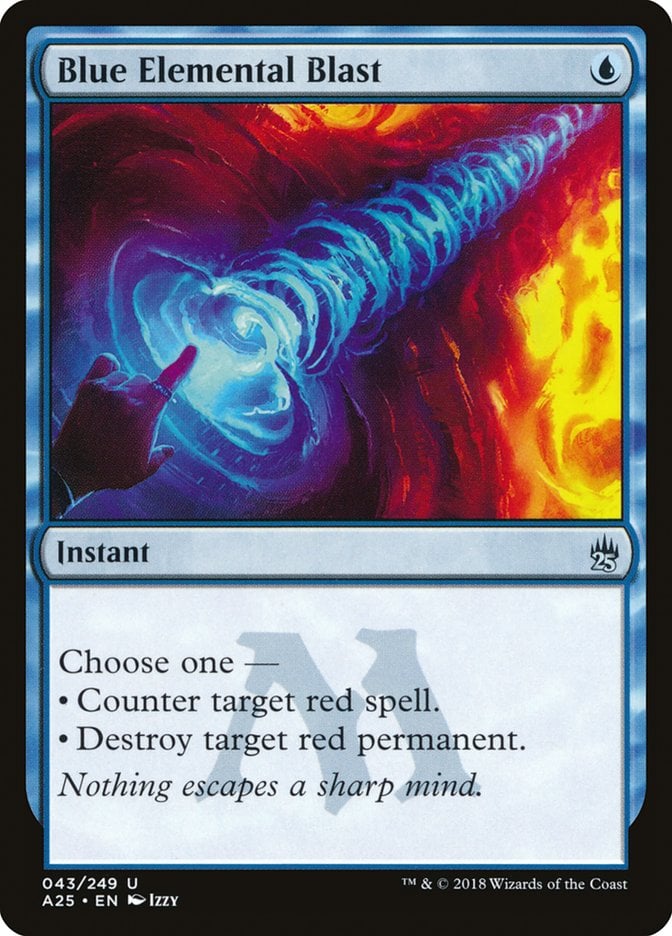
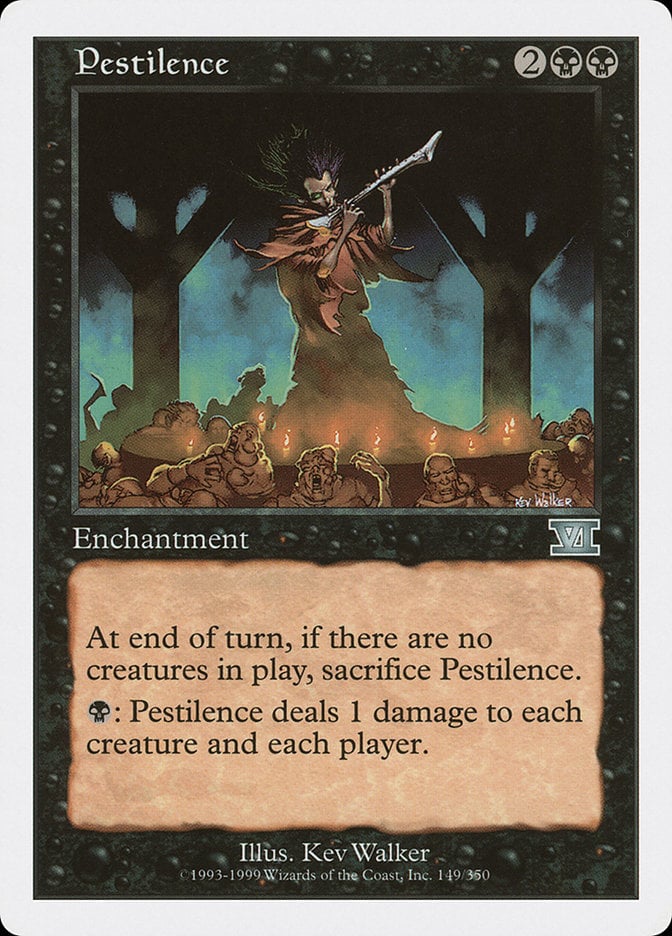
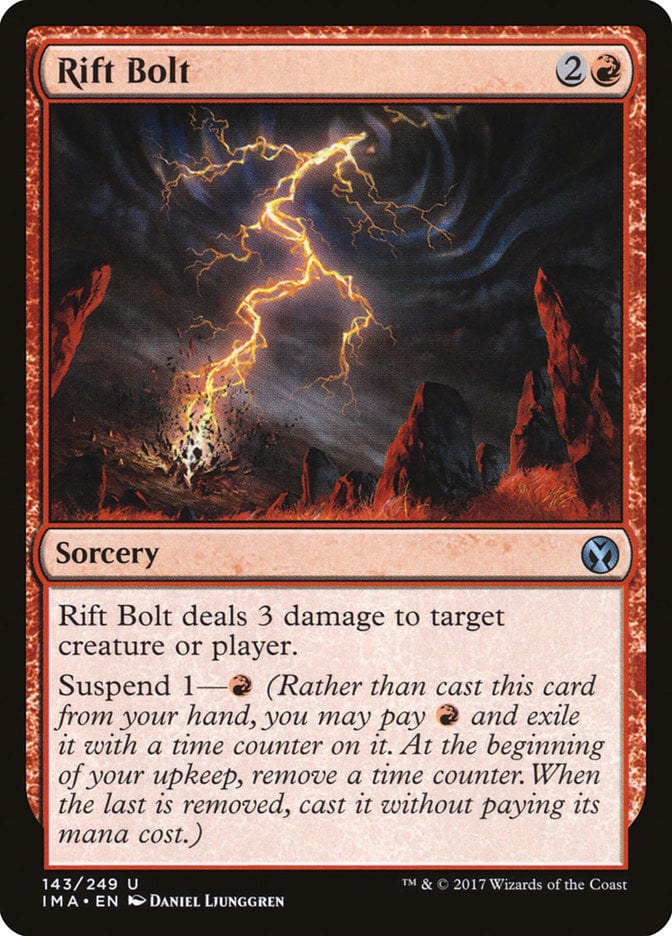
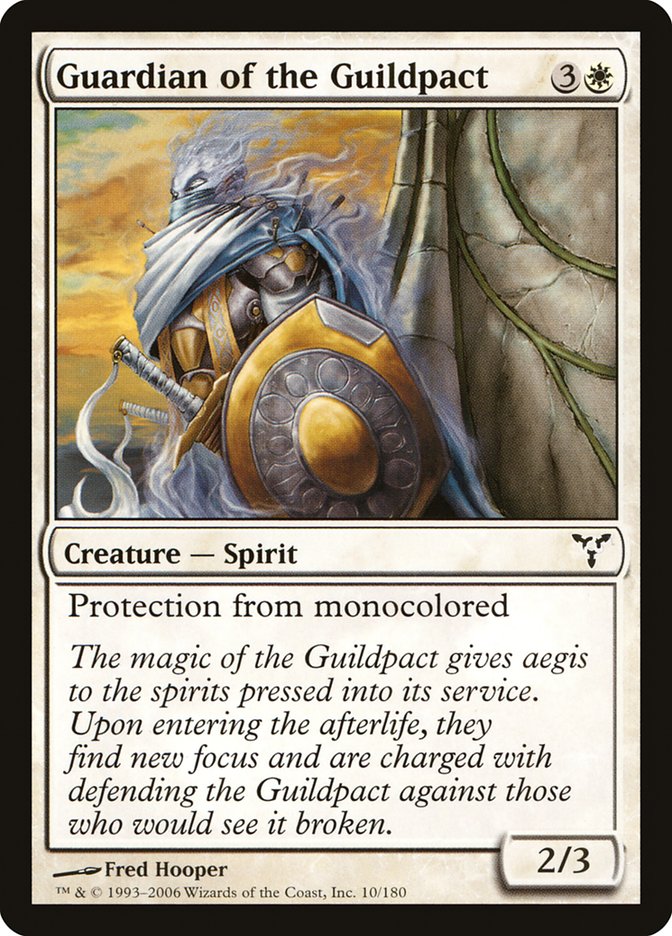
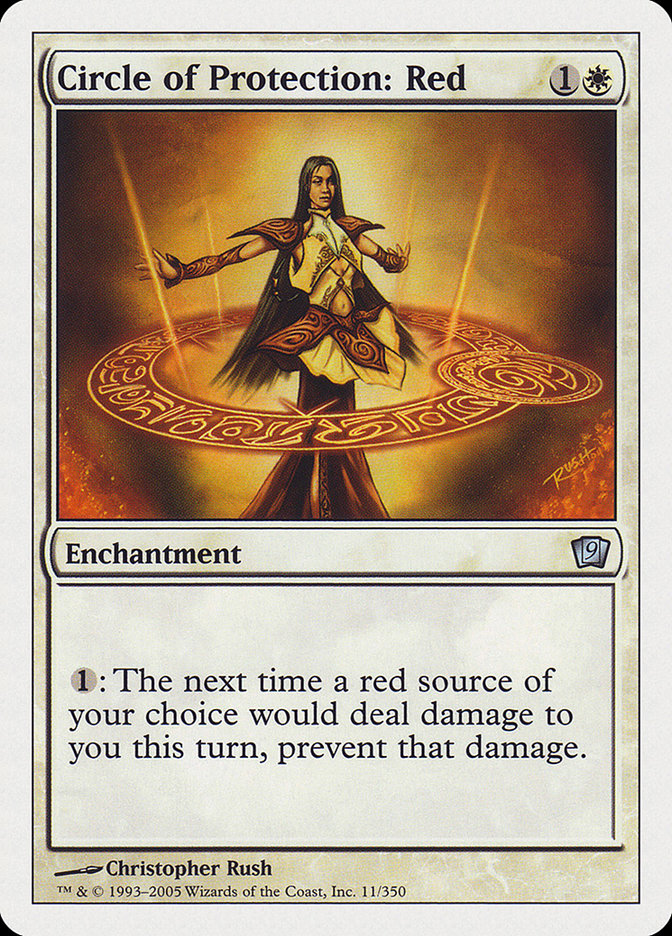
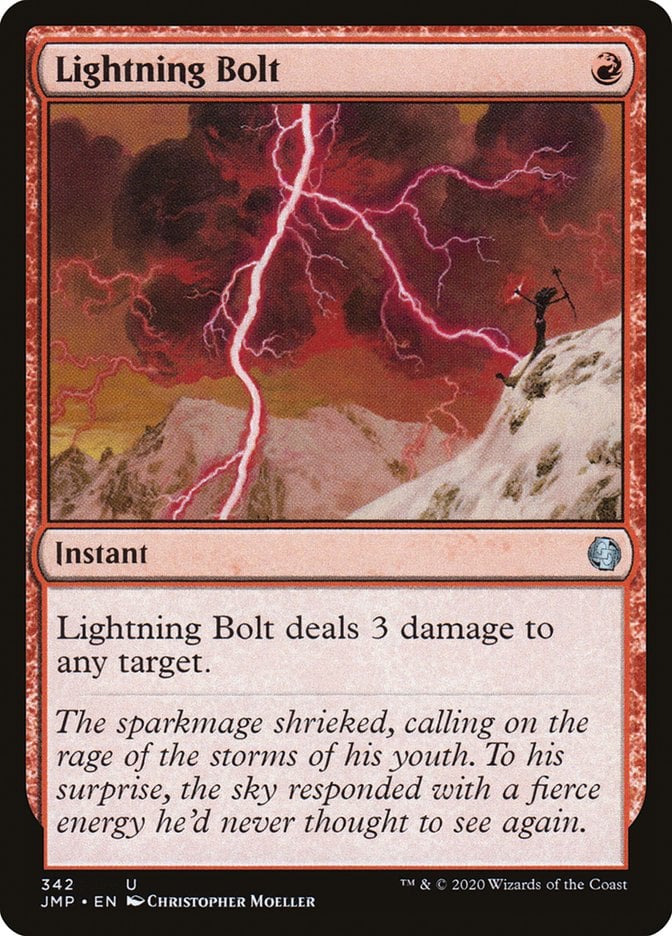
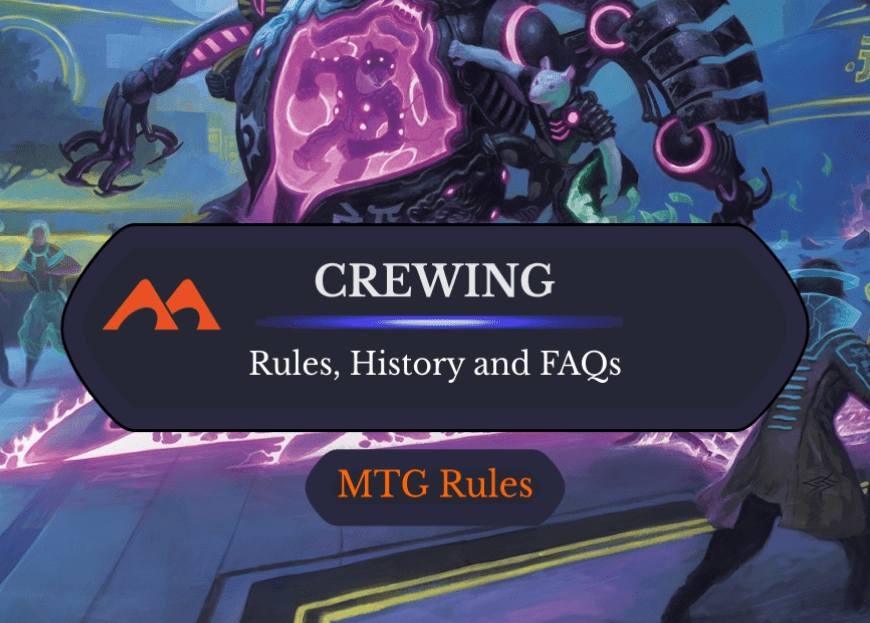
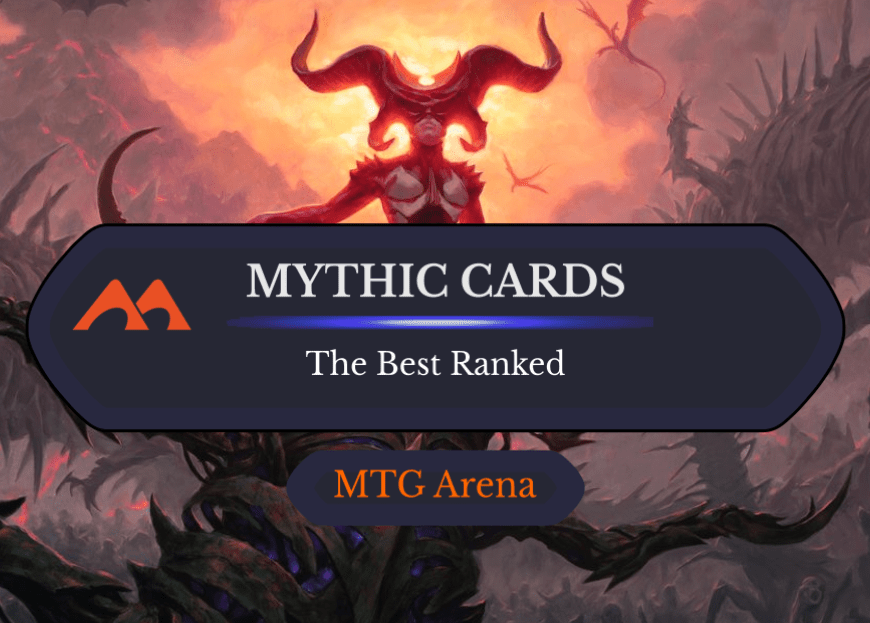
Add Comment